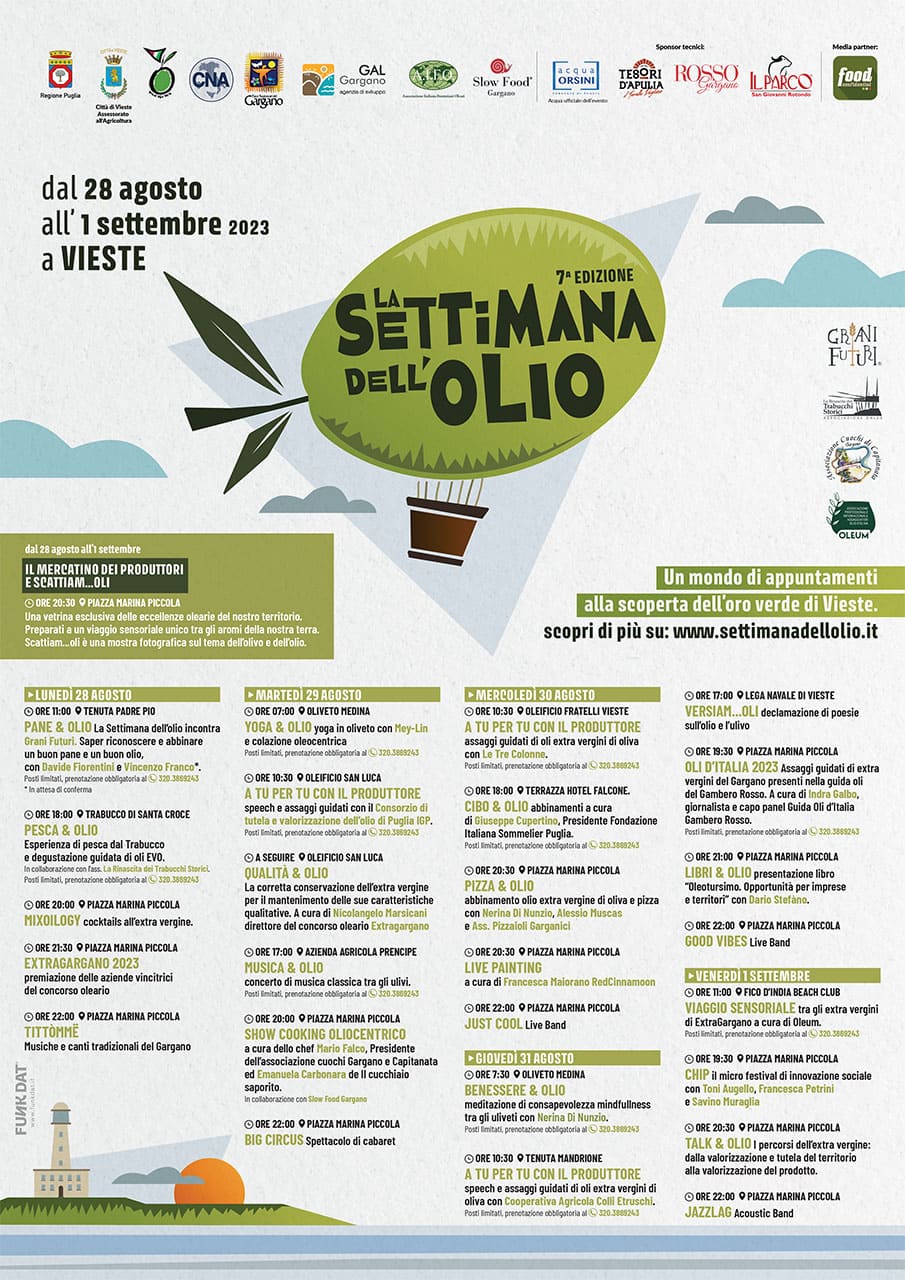Questa strada era caratterizzata dai due pozzi dove i cittadini andavano ad attingere l’acqua, il primo pozzo, ancora esistente vicino lo slargo in cui confluiscono via S. Francesco e via Carlo Mafrolla, era conosciuto come il Pozzo della Città o Pozzo di Dentro; il secondo ora non più esistente invece era ubicato allo slargo in cui si accede alla Piazza del Fosso ed era detto Pozzo Salso. Mentre il Pozzo di Dentro era usato dalla popolazione per attingere l’acqua per vari usi, il secondo aveva un’acqua particolarmente salmastra ed era usata dalle donne per la preparazione del pane oppure dagli insegnanti del paese che la ritenevano diuretica, ottima quindi per coloro che conducevano una vita sedentaria. La strada anticamente era molto stretta perchè lungo la costa correvano le mura urbiche con due torri semicircolari poste a difesa della città. I crolli avvenuti a causa dell’incuria e dei terremoti hanno aperto oggi la via ad un bellissimo panorama sul mare. La strada oggi è intitolata a Pola, città dell’Istria per ricordare i continui scambi commerciali che Vieste, per secoli, aveva con questa città e con quelle della Dalmazia, esportando grano e olio, vino e capperi, agrumi, meloni e legname, e importando liquori e tessuti, pellame e specchi, mobili e legnami pregiati.
This road was characterized by the two wells where the citizens went to draw water, the first well, still existing near the widening where Via S. Francesco and Via Carlo Mafrolla converge, was known as the Pozzo della Città or Pozzo di Dentro; the second one no was located at the opening where you enter Piazza del Fosso and was called Pozzo Salso. While the Pozzo Dentro was used by the population to draw water for various purposes, the second one had a particularly brackish water and was used by women for the preparation of bread or by the teachers of the village who considered it diuretic, so excellent for those who led a sedentary life. The road used to be very narrow because along the coast ran the city walls with two semicircular towers placed to defend the city. The collapses due to carelessness and earthquakes have opened the way to a beautiful view of the sea today. The road is dedicated to the town of Pula, a city in Istria to remember the continuous trade that Vieste had with this city for centuries, exporting wheat and oil, wine and capers, citrus fruits, melons and timber, and importing liquors and fabrics, leather and mirrors, furniture and precious wood.
MULTIMEDIALE
Con il Trattato di pace di Parigi (10 febbraio 1947) con il quale si sanciva la cessione alla Jugoslavia dei territori dell’Istria, di Fiume e Zara, i numerosissimi italiani ivi residenti subirono la persecuzione del governo di Tito, il quale promuoveva l’eliminazione di coloro che sospettavano del nuovo insediamento jugoslavo e, di conseguenza, centinaia di migliaia di esuli italiani lasciarono la loro patria per sempre e molti furono vittime del regime di Tito morendo gettati a mare o nelle foibe. Il 18 Aprile del 1947, la giunta municipale di Vieste deliberava di mettere a disposizione di questi profughi, in particolare di quelli provenienti da Pola, dei terreni per ricostruire una Nuova Pola in Italia. Quest’offerta di aiuto, unico esempio in tutta Italia, purtroppo rimase disattesa perchè il Governo Italiano non considerava favorevole la concentrazione di questi esuli in Italia. Tra le tante vittime italiane delle foibe si ricordano anche 7 viestani: Francesco Paolo Ascoli, Francesco Cariglia, Francesco Cavaliere, Giambattista Chieffo, Matteo Ruggieri, Antonio Vescera e Vincenzo Vescera.
With the Treaty of Paris (10 February 1947) which sanctioned the cession of the territories of Istria, to Yugoslavia , the large number of Italians living there were persecuted by the Tito government, dying thrown into the sea or in the foibe. On April 18, 1947, the municipal council of Vieste resolved to make available to these refugees, in particular those coming from Pula, land to rebuild a New Pula in Italy. This offer of help, the only example in Italy, was unfortunately disregarded because the Italian Government did not consider it favorable to the concentration of these exiles in Italy. Among the many Italian victims of foibe, there are also 7 from Vieste: Francesco Paolo Ascoli, Francesco Cariglia, Francesco Cavaliere, Giambattista Chieffo, Matteo Ruggieri, Antonio Vescera and Vincenzo Vescera.
Einige italienische Gebiete, Istrien, Zara und Fiume, wurden 1947 durch den Vertrag von Paris Teil Jugoslawiens. Die italienischen Einwohner wurden von Tito verfolgt. Hunderttausende Italiener verließen dieses Gebiet für immer, viele Opfer wurden von Tito getötet, ins Meer oder in die „Foibe“ geworfen. Am 18. April 1947 beschloss die Stadtregierung von Vieste, den italienischen Flüchtlingen, insbesondere denen aus Pola, Land zu geben, um die neue Pola in Italien wieder aufzubauen. Dieses Hilfsangebot war das einzige in Italien und hatte keinen Erfolg, da die italienische Regierung diese Sache nicht unterstützte. Unter den italienischen Opfern des Foibe befanden sich 7 Personen aus Vieste: Francesco Paolo Ascoli, Francesco Cariglia, Francesco Cavaliere, Giambattista Chieffo, Matteo Ruggieri, Antonio Vescera und Vincenzo Vescera.















